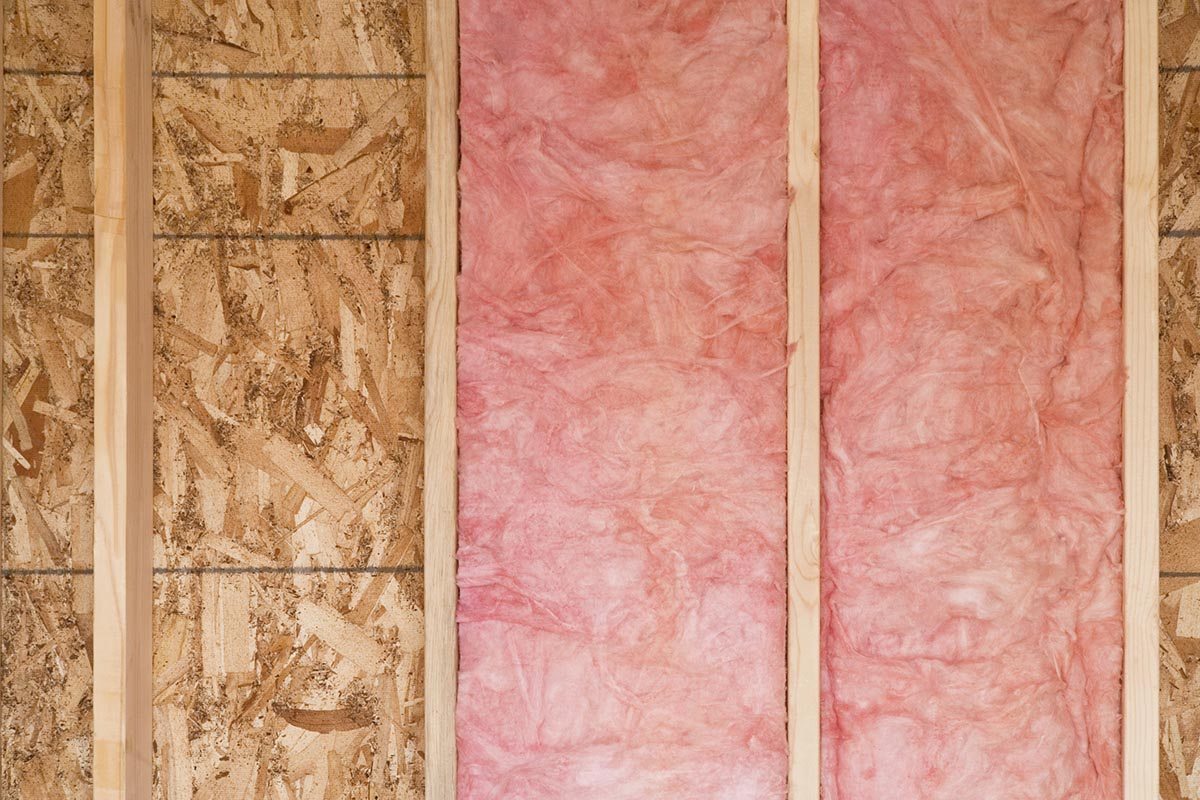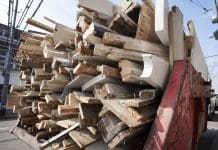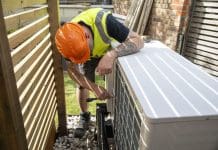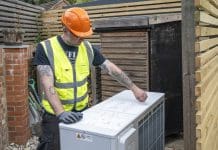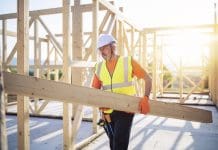Mark Weaver, Sector Marketing Director for Retrofit for Saint-Gobain in the UK, explains the importance of retrofitting to reduce the energy consumption of the UK housing stock.
It is estimated that 22m houses in the UK need to be retrofitted in order to achieve a worthwhile level of energy saving, with 8.5m homes over 60 years old and considered hard to treat. But how can we even begin to tackle this?
When we talk about making energy savings and reducing carbon in existing homes, much emphasis is placed on adding sources of sustainable or renewable energy retrospectively. While this is a valid argument, especially as fuel bills from ‘conventional’ sources are increasing, it is also only one side of a debate that needs a more holistic approach.
While there are numerous initiatives and investment programmes to encourage the supply of future energy, there needs to be equally strong signals on the reduction side of the equation. Improving the energy efficiency in buildings is one of the best ways to achieve this, providing the fastest return and tangible benefits in terms of energy, economic development, jobs and wellbeing. Saint-Gobain advocates this ‘fabric-first’ approach to treating the UK building stock.
Of course, in practice we need to invest in a variety of energy production methods and combine these with more energy-efficient buildings, which will deliver the immediate impacts needed to meet Government targets.
Saint-Gobain started working with the Energy House at the University of Salford, leading academics from Leeds Metropolitan University and Saint-Gobain Recherché to prove that whole-house, fabric first retrofitting of homes can deliver significantly reduced energy costs, not to mention lower CO2 emissions and remove 50% of air leakage. We identified that, with the installation of multiple systems, energy savings of up to 63% can be easily achieved, especially on poor performing properties. In combination with the energy saving, the property would also be much more comfortable for occupants through reducing air leakage and draughts.
The testing facility allowed us to not only demonstrate a whole-house approach but also to look at the individual steps in retrofitting a home to identify the importance of individual elements on that building’s performance. This involved installing and monitoring a full Saint-Gobain solution and then removing each energy efficiency measure, such as wall insulation, to determine its impact on, and importance to, the whole-house performance.
The research carried out at the Energy House used conventional systems from British Gypsum, Glassolutions, Isover and Weber to bring levels of thermal efficiency to the building fabric that are typical of newly built homes. The project also set a realistic pre-retrofit baseline – a 1900 house with ‘typical’ entry-level energy efficiency interventions of 1990s double-glazing, representative of many houses that would benefit from double-glazing upgrades. ‘Old’ loft insulation was retained and topped up to match today’s requirements.
The retrofit programme reflected a typical ‘hybrid’ approach to domestic solid-wall insulation with internal wall insulation applied to the front elevation and external wall insulation fitted on the side and rear. Our objective was to measure the performance against conventional retrofit to produce realistic statistics according to what we initially predicted. We wanted to ensure that our results related to the current industry approach by using cost-effective widely available solutions.
Clearly adding measures such as solar panels are going to improve the way energy is used but added to a poorly insulated building is merely solving one problem and not gaining optimum results and savings.
As we continue to analyse the results from the Energy House to develop further solutions, we believe that the initial findings present considerable opportunities for the retrofit market.
Mark Weaver
Sector Marketing Director for Retrofit
Saint-Gobain


